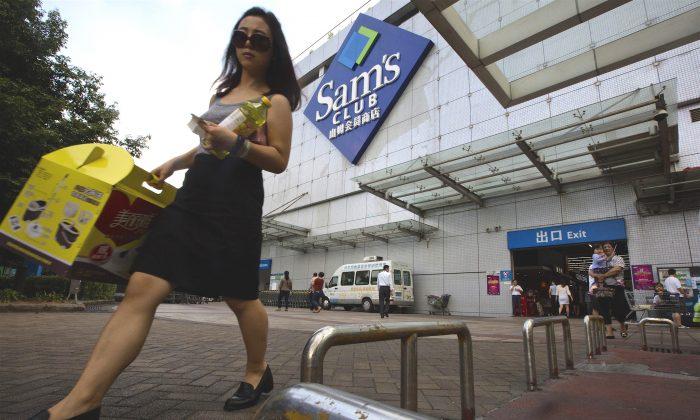Sam’s Club will be opening 30 new new locations amid strong sales growth over the next few years.
In 2018, the club chain shuttered 63 locations.
The Bentonville, Arkansas-based retail company also plans to open the first Sam’s Club in Florida in 2024, as it expands into the Sunshine State.
Sam’s Club will also start modernizing its distribution network with five new supply-chain fulfillment and distribution centers. The first fulfilment center will be built in Georgia in the third quarter this year.
“We’ve seen remarkable growth over the past few years with a record number of members, and we’re excited to bring the experience of Sam’s Club to even more markets as we expand our footprint,” said Kathryn McLay, CEO at Sam’s Club.
Sam’s Club Sees Massive Growth During Two Years of Economic Downturns
Walmart’s Sam’s Club division has enjoyed resilient sales growth and a record rise in membership over the past two years as the U.S. economy recovered from the pandemic.Warehouse clubs like Sam’s Club, Costco, and BJ’s Wholesale Club have done better than other sectors of the retail industry since the early part of the pandemic, when shoppers stayed close to home.
Costco and BJ’s have also expanded their locations during this period.
“So I think the time is really right for us,” she added, commenting on the high price of goods and services elsewhere.
For the most recent quarter, which ended on October 24, sale at Sam’s Club rose 10 percent, while membership income increased 8 percent.
Sam’s Club has invested in redesigning the majority of its 600 clubs, over the past several years by making them brighter and easier to navigate.
The warehouse club brand has also expanded its use of technology like the Scan & Go mobile app, which allows members to scan merchandise and purchase items without heading to the check out line.
Walmart and Its Warehouse Chain Sees Improved Prospects Ahead
The 30 new stores be approximately 160,000 square feet, 18 percent larger than most existing locations, which average at about 136,000 square feet.The new Sam’s Clubs locations will have more room for new features, including seafood and sushi islands, walk-in dairy and fresh coolers, dedicated hearing and optical centers, larger healthcare spaces, more spacious break-room areas for employees, more space for curbside pickup, and a full-service floral area.
Many of the new locations will also include improved fuel stations and liquor offerings.
Earlier this week, Walmart also announced minimum wage increases for its regular employees, with wages rising to $14 an hour for Supercenter employees and $16 an hour for those working in fulfillment centers. The minimum wage for hourly Sam’s Club employees was raised to $15 an hour.
McLay told CNBC that the new locations will add more people to Sam’s Club’s workforce. Each club location employs on average, about 150 to 175 people, she said.
Sam’s Club fulfillment centers typically employs as many as over 1,000 people, while its distribution centers average around 120 workers.





